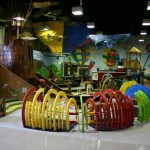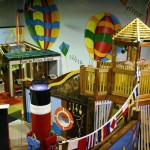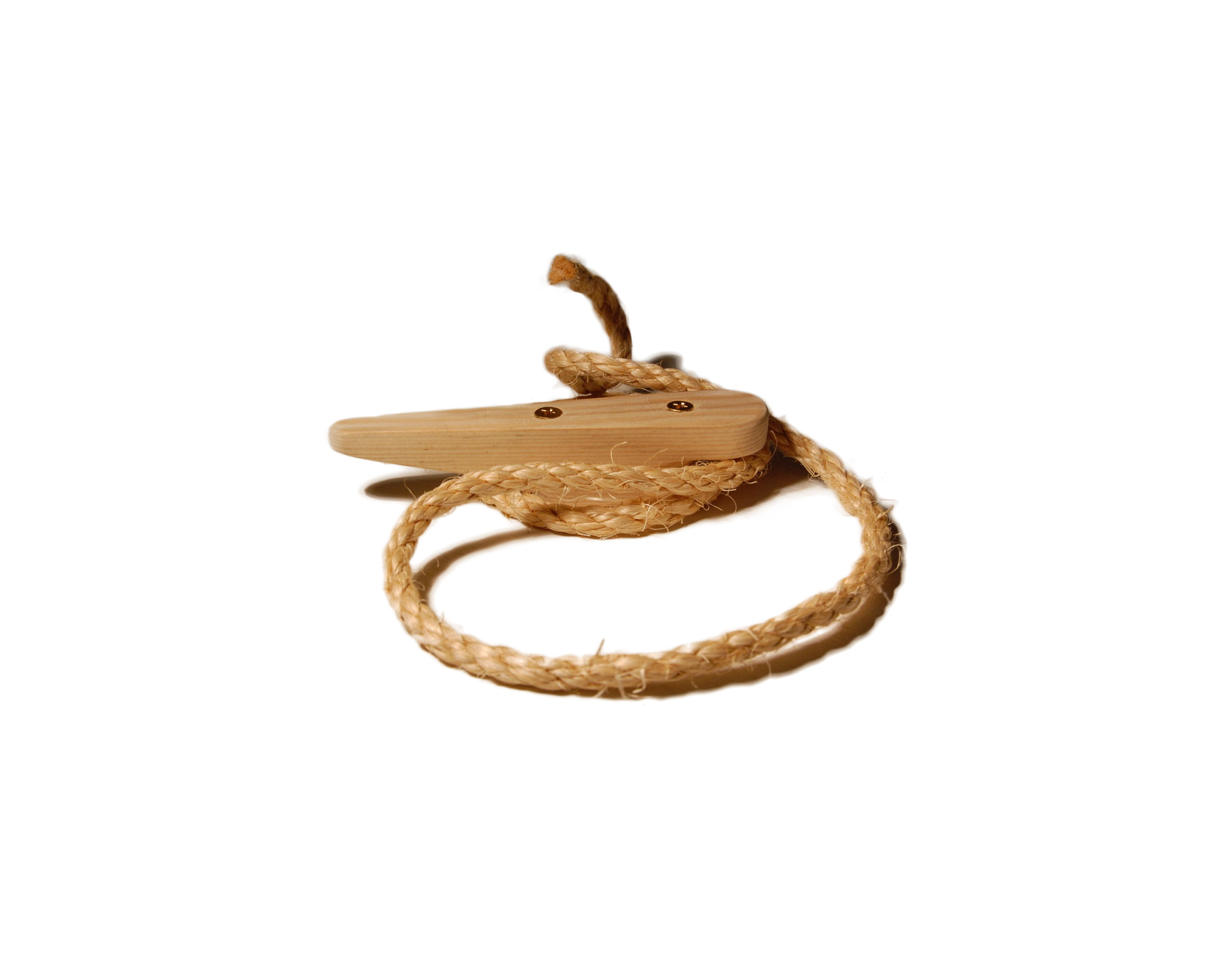While surfing for something totally unrelated I came across the end-of-season notice for the Ironton Michigan cable ferry. Plan on going through Charlevoix or East Jordan until next April. Little ferries are so much fun. When we lived in Connecticut the Chester-Hadlyme ferry with picnic at Gillette Castle or a morning of berry picking and a ride on Rocky Hill-Glastonbury ferry were a short drive away for an afternoon of cheap boating.
Dorothy Fuldheim
Dorothy Fuldheim was a newscaster editorialist on WEWS-TV. Her editorial was preceded by a version of Eric Coates Knightsbridge March from his London Suite. I played the Eric Coates LP that I have and remembered her. WEWS-TV in Cleveland, was home of Dorothy Fuldheim and Ron Penfound aka Captain Penny. When I think of women in radio/television she may have been one of the sharpest.
Indiana News


Thanks to the generous donations and support of the following organizations and foundations, this project was made a reality for the Muncie Children’s Museum: The Boren Foundation, Inc., George and Frances Ball Foundation, The Community Foundation of Muncie and Delaware County, Inc. and Robert A. and Beverly D. Terhune Fund.

In other news, David found out Monday that he has been designated an “Indiana Artisan”. Selection of Indiana Artisans is a juried process. You can go to www.indianaartisan.org to learn more about it.
You can see more of David Calvin’s work at his own website, Whimwood.net.
Nutrition Database
The taxpayers through the United State Department of Agriculture Agriculture Research Service, Nutrient Data Laboratory have provided a USDA National Nutrient Database for Standard Reference, Release 24 of foods, food ingredients, and nutrition. The current revision is 24.
If you have the Microsoft Access database software, you can download a pre-made MS Access database which presumably has the relationships and perhaps some sample queries.
If you are a Linux or Unix user, you are left to your own ingenuity to create the database. As I transitioned from SR 23 to SR 24 I thought that I should improve my own documentation to make my life easier next time. Perhaps you will find it useful as well.
Traveling Salesman Problem Lectures
This week I was able to attend 2 lectures by Professor William J. Cook, Chandler Family Professor, ISyE, Operations Research, Georgia Institute of Technology at Furman University’s 2011-2012 Donald H. Clanton Visiting Mathematician Program.
Exact Solutions in Linear and Integer Programming
This lecture treats the problem of finding exact rational solutions. While the details of the mathematical theory cannot be covered in a one hour lecture, Professor Cook was able to help the audience (me at least) understand the difficulties inherent in the computer’s limited numeric precision, the large number of calculations involved each with its inherent possible losses, and a number of approaches to reducing or at least managing these errors. With David L. Applegate, Robert E. Bixby, and Vasek Chvátal, William J. Cook is co-author of The Traveling Salesman Problem: A Computational Study
In Pursuit of the Salesman: Mathematics at the Limits of Computation
This lecture is more accessible by the non-mathematician. Professor Cook outlines the history and origins of the problem: How to minimize the length of the trip a salesman must make to visit all of the required cities. The complexity of this problem grows super-exponentially with each added point. With delightful illustrations, pictures, and explanation he makes this problem come alive and helps us understand why the Traveling Salesman Problem is important not just to travelers but in genetics, manufacturing and astronomy.
Professor Cook’s book In Pursuit of the Salesman: Mathematics at the Limits of Computation be available in January, 2012.
If you have an opportunity to hear Professor Cook speak, do not miss it. You will enjoy his knowledge and excitement in mathematics.
